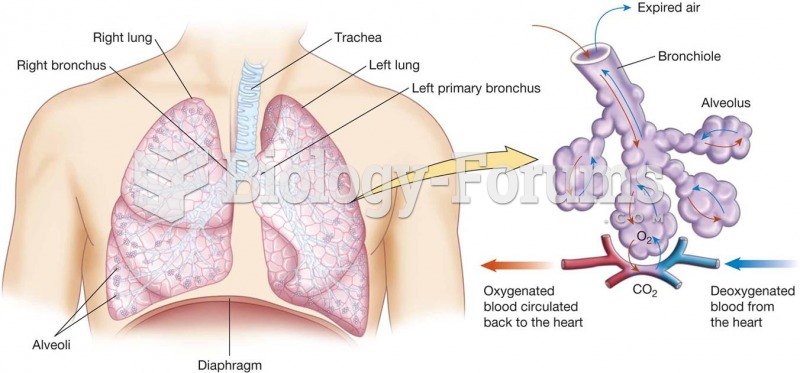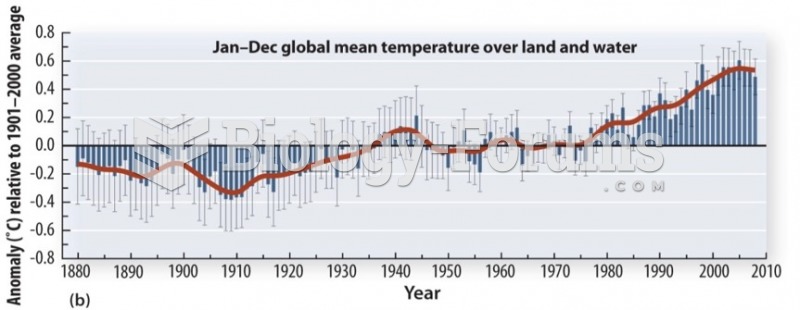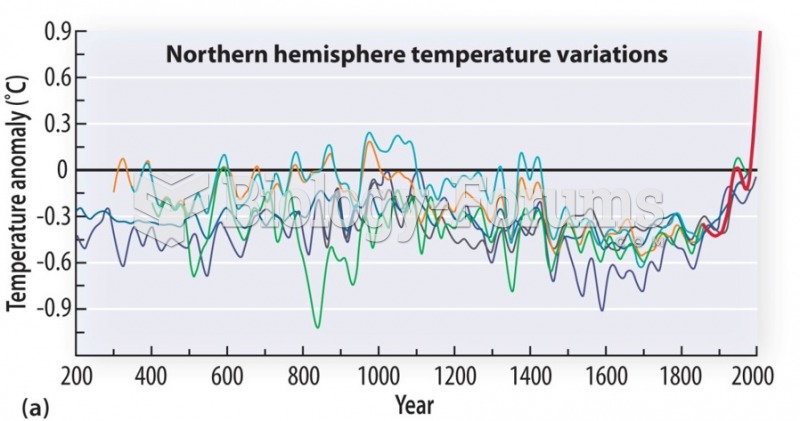|
|
|
Did you know?
In Eastern Europe and Russia, interferon is administered intranasally in varied doses for the common cold and influenza. It is claimed that this treatment can lower the risk of infection by as much as 60–70%.
Did you know?
Studies show that systolic blood pressure can be significantly lowered by taking statins. In fact, the higher the patient's baseline blood pressure, the greater the effect of statins on his or her blood pressure.
Did you know?
There are more bacteria in your mouth than there are people in the world.
Did you know?
Vaccines prevent between 2.5 and 4 million deaths every year.
Did you know?
Blood is approximately twice as thick as water because of the cells and other components found in it.







